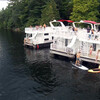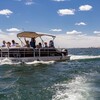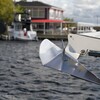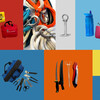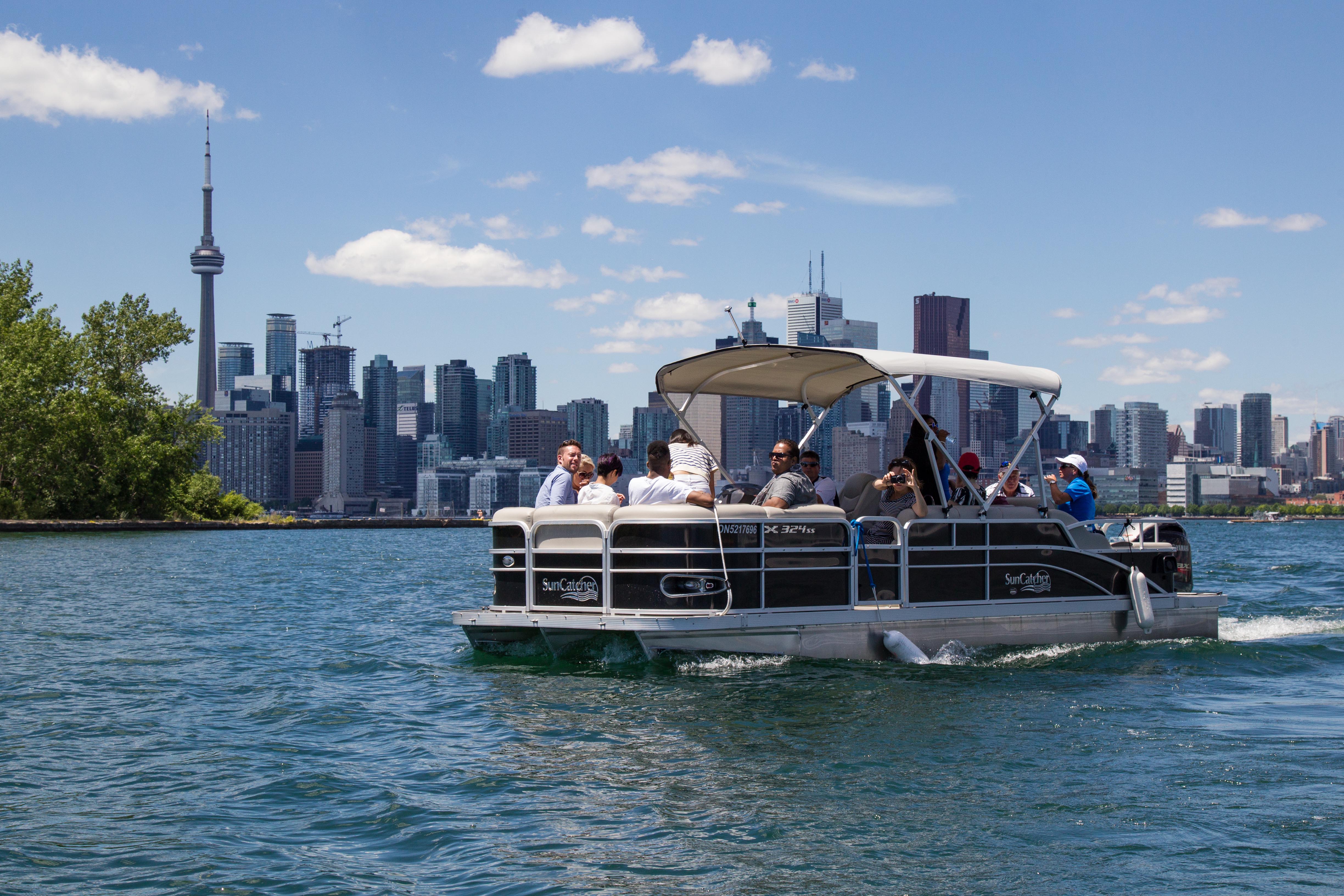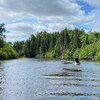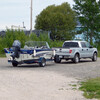
So It's Too Cold To Take the Boat Out...

What a wonderful summer it has been on the water here in Ontario— fishing, waterskiing, and late-night cruising on the pontoon boat. From navigating the North Channel to enjoying the vast waterways on Lake of the Woods, from cruising the 1000 Islands to sightseeing along the shores of Lake Temiskaming, we’ve all experienced the best boating our province has to offer this summer. With autumn now upon us, our trusty motorboats will require care and maintenance to endure the long season off.
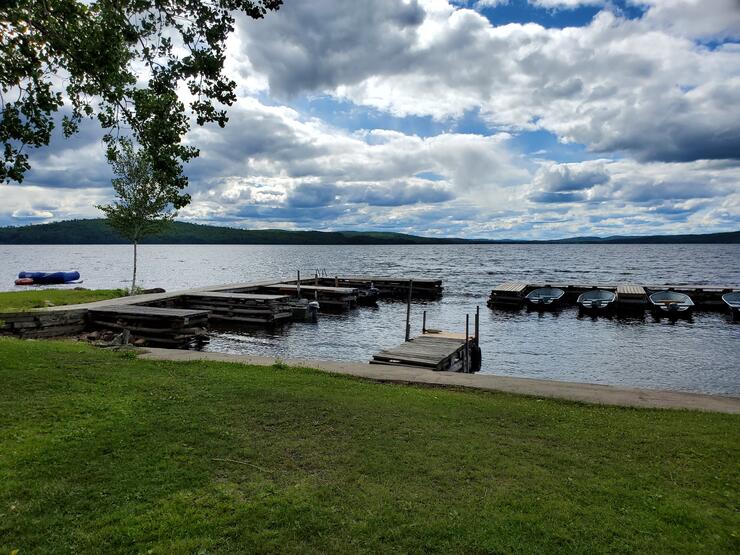
Docks are emptying out as the weather gets colder.
Tips For Winterizing Your Boat in Ontario
Before you break out the winter coats and snowmobiles, be aware of what this hibernation period does for boats and motors. Fall is a time of transition for watercraft, a time when every maintenance step you take is crucial to ensure that next summer will be as fun, and trouble-free, as this summer was. Call it an investment in your future on the water!
Motorboat maintenance is not difficult but requires a few steps you can do yourself. Let us start with the basics:
Inside or Outside? What’s the Difference?
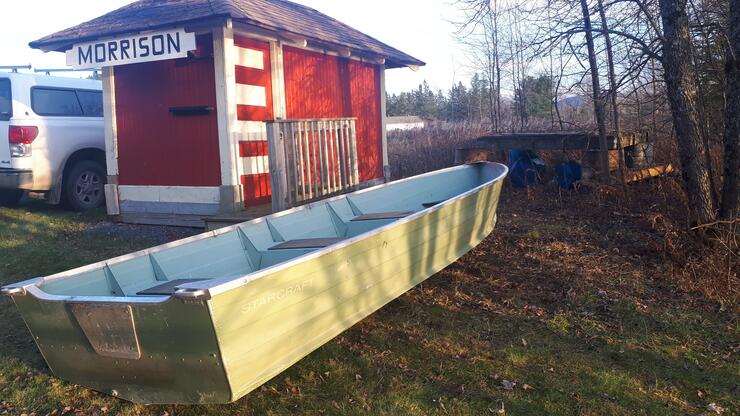
Smaller outboard motors you can carry yourself are usually brought indoors for the winter. Few boaters realize this could actually be a mistake. A warm, humid basement will hasten rust and corrosion whereas a below-freezing environment (outdoors) is much preferred during your motor’s winter inactivity. You can confidently leave them stored upright, secured, and covered outside when completely drained of water of course. Be sure to completely cover the motor with a tarp, including the lower unit to prevent rain and snow from collecting in the propeller/lower unit. I found this out the hard way one year when the propeller shaft opening of my 20 hp Mercury filled with rain, froze, and cracked over the winter.
Fuel Stabilizer
Fuel stabilizer is a must when it comes to winter storage. Add some to your last tank of gas this fall to get things started. Fuel stabilizer ensures that the gas tank (whether it’s metal or plastic) will not need to be emptied, and the fuel will still be good to use come spring. Add a bottle of stabilizer to your tank, run the motor for at least 5 minutes to get the treated fuel through the hose, carb, and into the cylinders. Outboard motor techs often suggest topping up the tank and putting a piece of kitchen plastic wrap over the filler neck, which will cut down on evaporation.
Outboard Fuel
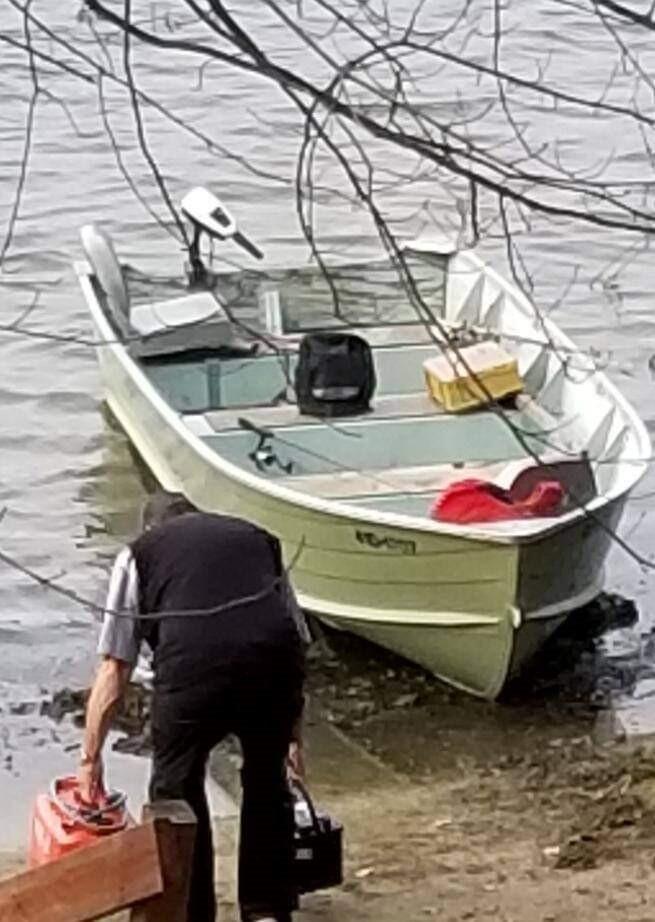
Speaking of fuel choices, when it comes to running and maintaining outboard motors at peak performance during storage, and all summer long, ethanol-free is the way to go. Something I learned recently was the damage that non-fossil fuel ethanol will cause. Ethanol-based gasoline attracts moisture and condensation which wreaks havoc on a motor. Once there is water contamination in a fuel source, the engine stops running. Since most fuels in Canada now contain ethanol, look for high-test fuel with zero ethanol for best outboard performance.
Fogging
Generally, “fogging” the act of spraying anti-corrosion solution into the air intake of a running motor, is preferred to draining fuel completely from hoses and carbs. With today’s low oil-to-gas mixtures and injector systems on many newer outboards, more protection is required. Always fog cylinders until smoke appears in the exhaust, then pull the sparkplugs out, add a few drops of oil in the cylinders, replace plugs and crank the engine over a few times to spread the oil.
Drain the Lower Unit
Always drain the outboard’s lower unit oil at the end of boating season.
Inspect the drained oil for discolouration: White or light grey indicates water, dark grey a gasket failure or wear, black usually means old oil that needed to be changed long ago, and bits of metal or grit could mean excess gear wear.
Replace the drained oil with engine manufacturer’s recommended grade, and quantity and your lower unit will be well protected come spring!
Winter Boat Storage
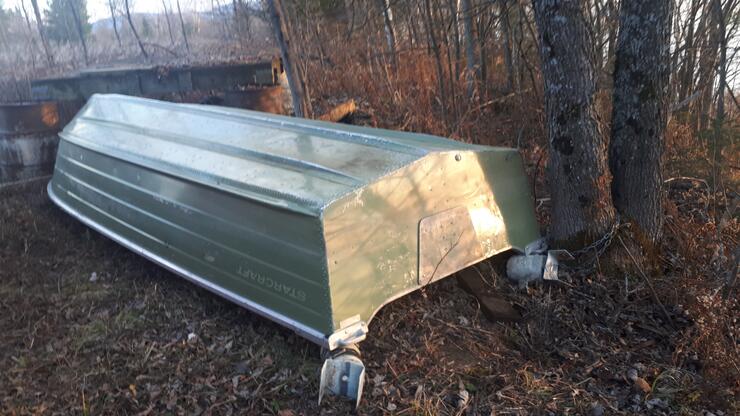
Whether your watercraft is light enough to flip over in the backyard or put to bed at the cottage do not overlook some important storage details. Drain all water and prevent more from getting in, including the live well and bilge pump. Removing the drain plug is a good idea, and place a piece of steel wool or a copper sink scrubber in the hole, to keep small rodents out. Mice love to build warm nests under the flooring—nests made of shredded seat cushions while they snack on electrical wire insulation.
Disconnect and Store the Battery
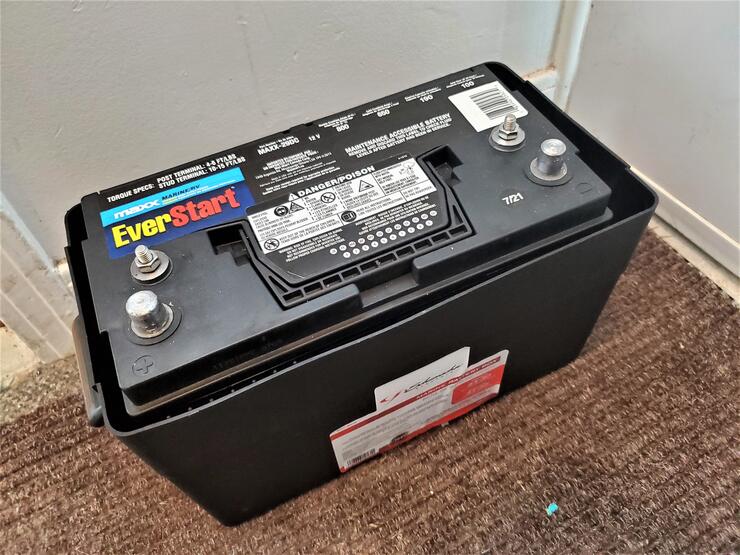
Your boat battery can remain outside with no ill effects provided it is put away fully charged. Just follow these three steps.
- Disconnect it
- Grease the terminals to reduce discharge if frost accumulates
- Check the acid levels
If you have the room inside, however, indoor battery storage is preferred. I keep all my deep cycle marine batteries in my basement, stored on a shelf where they remain and dry.
With these few maintenance steps, boaters of Northern Ontario will be ready to hit the water come spring without fear of reprisal. Have a great winter and I will see you on the water come ice-out!
Recommended Articles

6 Ways to Explore the Great Lakes by Boat or Cruise

Discover Northern Ontario's Top Boat Tours

A Guide to Boating the Trent Severn Waterway in Ontario 2025

Boating Events in Ontario: A Complete Guide to Summer 2025

19 Charming Lighthouses to Visit in Northern Ontario
I Boated the Trent Severn Waterway and Here's What It Was Like
I Sailed the New Viking Octantis and Here's What It Was Like

Canadian Canoe Museum
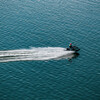
14 PWC Itineraries and Tips for Riding in Ontario

A Thousand Adventures: Boating the 1000 Islands in Ontario

Road Tripping with your PWC

Boat Tours and Cruises in Ontario
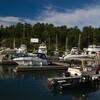
A Guide to Ontario's Marinas

5 Baller Boating Destinations in Ontario

Amazing PWC Getaway
